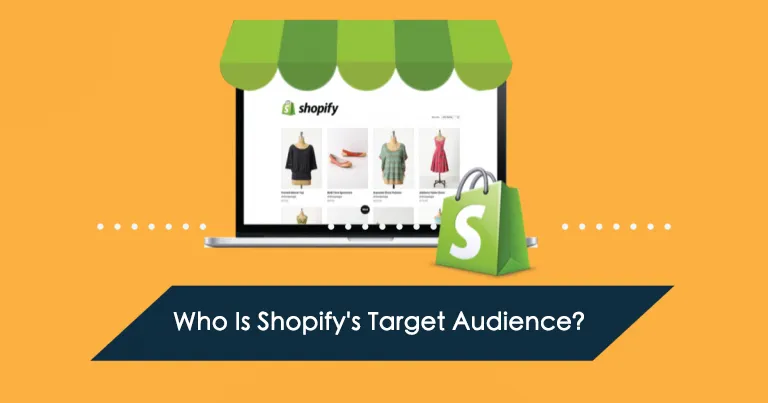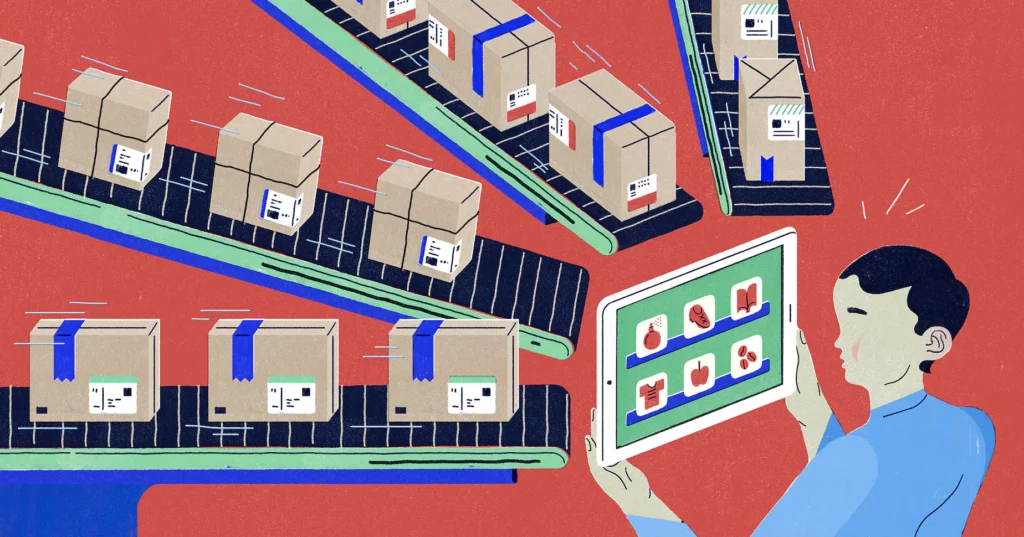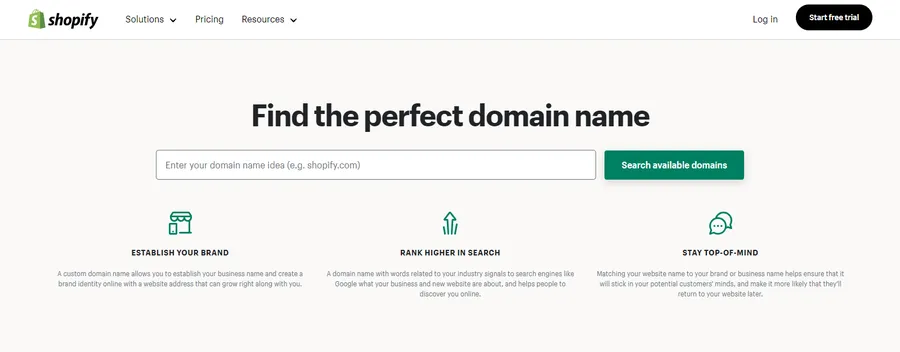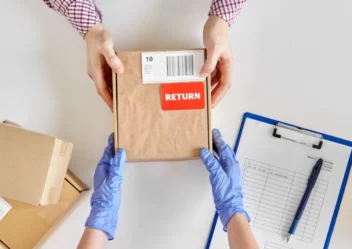Shopify Dropshipping Guide: How to Dropship on Shopify?
Starting an online store with Shopify is easy, but managing inventory and fulfillment can feel overwhelming. Dropshipping on Shopify is a perfect solution to launch your business with low initial costs.
You do not need to keep any inventory when using dropshipping. Instead, when a customer orders something from your store, a supplier sends it directly to them.
In this beginner guide, we will show you everything you need to know on How To Dropship On Shopify.
So, are you ready to turn your dream of owning an online store into a reality? Let’s dive in!
Lusion – Multipurpose eCommerce Shopify Theme
We provide an amazing Shopify theme with fast and responsive designs. Let’s find out!
What is Dropshipping?
Dropshipping is a retail fulfillment method that allows online businesses to sell products without keeping any inventory themselves.

Customers place orders through the online store, and the store then forwards those orders to the supplier. The supplier then packages and ships the products directly to the customer, often under the online store’s branding. This means the online store never handles the physical products themself.
Dropshipping is attractive to new business owners because it allows them to launch an online store with minimal upfront costs. They don’t need to invest in inventory or warehouse space. It’s also a good way for existing businesses to test new product lines without the risk of buying large quantities of stock.
Advantages and Disadvantages of Dropship
Here are some of the advantages of dropship on Shopify
- Low startup costs: Dropshipping is a low-cost way to start an online business because you don’t have to invest in inventory.
- Flexibility: You can easily add or remove products from your store without having to worry about managing inventory levels.
- Scalability: Dropshipping allows you to scale your business up or down quickly, depending on demand.
However, there are also some disadvantages to consider of dropship on Shopify:
- Lower profit margins: Because you’re not buying in bulk, you may have lower profit margins than traditional retailers.
- Less control over quality and shipping: You’re relying on the supplier to fulfill orders accurately and on time. However, a dropshipping checker can be an invaluable tool for these businesses to verify suppliers and ensure product quality.
- Increased competition: Because dropshipping is a popular business model, the market is extremely competitive.
How To Dropship On Shopify
Finding Your Perfect Niche In Dropshipping On Shopify

When starting a dropshipping business on Shopify, it’s important to stand out. Most drop shippers sell similar products, so how do you avoid getting lost in the competition?
So, finding a niche market is the key. A niche market is a smaller group of customers with specific interests or needs. You can avoid fierce competition from bigger stores by focusing on a niche.
There are special tools to help you discover niches with high demand but low competition. These tools look at what people are searching for online:
- Facebook Audience Insights: See what billions of Facebook users are interested in.
- Google Keyword Planner: Discover what people are typing into Google and how many others are searching for the same thing.
- Google Trends: Find out if searches for certain products are going up or down over time.
- Ahrefs: This advanced tool helps you see how hard it will be to compete with other websites for certain keywords.
Having a great niche is only half the battle. You also need to find suppliers who offer products relevant to your target audience. Niche markets can be underserved by dropshippers because of limited product availability.
In some cases, you might even consider working directly with a supplier or manufacturer to create a new product line for your niche. This is a great way to set yourself apart from the competition.
Understanding Your Target Audience In Dropshipping On Shopify
Finding the right audience is another key to dropshipping success on Shopify. After choosing a niche, it’s time to learn more about the people who might buy from you.

Knowing your target audience helps you talk to them directly. You’ll understand:
- Where to find them online: Are they on social media, reading blogs, or watching videos?
- What marketing works: Do they prefer catchy slogans, informative articles, or funny videos?
- What products they want: What problems can you solve for them?
- What features matter: Are they looking for the latest trends or the best value?
After answering these questions, you can create a clear picture of your ideal customer. This will help you choose the right marketing channels, content, and products to turn visitors into buyers.
Researching your target market doesn’t have to be complicated. However, investing this time will give you a solid foundation for your dropshipping business.
Choosing Winning Products And Reliable Suppliers

After figuring out your niche and target audience, it’s time to pick specific products to sell. Here’s what to consider:
- Match your niche: Look for products that fit the interests of your target audience. Use your research to find a relevant product category.
- Find a dropshipping supplier: Once you have a product idea, look for a supplier who stocks or makes it. There are many options – some have online marketplaces where you can sign up and browse their products.
- Automated order fulfillment: Shopify apps can help automate sending orders to your supplier. These apps can be found in the Shopify App Store and simplify the process.
- Dropshipping app benefits: When you use a Shopify dropshipping app, your orders automatically get sent to your supplier. They fulfill the order and (if available) send a tracking number directly to your customer.
Popular apps for dropshipping on Shopify include Spocket, DSers, and Modalyst apps.
Building Your Dropshipping Store On Shopify

Here’s a quick guide to setting up your online store on Shopify after you’ve chosen your products and dropshipping supplier:
- Log in or Sign Up: Head to Shopify and log in to your account. If you don’t have one, start a free trial.
- Pick a Domain Name: This is your online store’s address. Choose something catchy, short, and related to your products. Check for available names and avoid super long ones.
- Design Your Store (Basic): Shopify offers themes to get you started quickly. Focus on adding your products, logo, and checkout for now. You can refine the design later.
- Import Products: Use Shopify’s apps to import products directly from your dropshipping supplier. This includes descriptions and images, which you can edit later.
- Set Product Prices: Find a balance between being competitive and making a profit. Don’t just focus on having the lowest price. Consider other factors like customer service and brand value. Remember to include shipping costs when calculating your profit.
You can refer to a detail of How to create a Shopify Store for more information.
How To Market Your Dropshipping Store On Shopify

Having a great dropshipping store is only half the battle. You also need a plan to attract customers! Here are some key ways on how to dropship on Shopify to market your store:
- Stand Out From the Crowd: Many stores sell similar products. Create a unique brand with a consistent look and feel across your website, social media, and marketing materials. This includes your logo, colors, images, and even the way you write. You can also compete on price, but make sure you can still make a profit after costs.
- Master Social Media: Social media is a powerful tool for small businesses. Run targeted ads on platforms like Facebook and Instagram to reach people most likely to be interested in your products. These platforms let you target users based on their interests and online behavior. Even without paying for ads, you can create a free “Shop” on these platforms to let people buy directly within the app. On TikTok, show off your products with trending challenges and live videos.
- Get Found Online: Search Engine Optimization (SEO) helps your website rank higher in search results. This means more people will see your store when they search for products you sell. There are many free SEO tools to help you find the right keywords to target with your website content.
- Build Relationships with Email: When someone signs up for your email list, they’re showing interest in your products. Send them regular emails with valuable information about your products and special offers. This helps build brand loyalty and keeps your store top-of-mind. Track how many people open your emails and click on your links so you can keep improving your campaigns.
Start a Dropshipping Store Today With Shopify!
Shopify makes it easy to launch your dropshipping business with low startup costs. You won’t need to worry about managing inventory or shipping yourself. This frees you up to focus on what matters: marketing your products and building a strong brand. With Shopify’s reliable tools, you’ll have everything you need to turn your dropshipping dreams into reality.
Read More: Shopify Refunds and Returns: How To Create & Minimize Them



